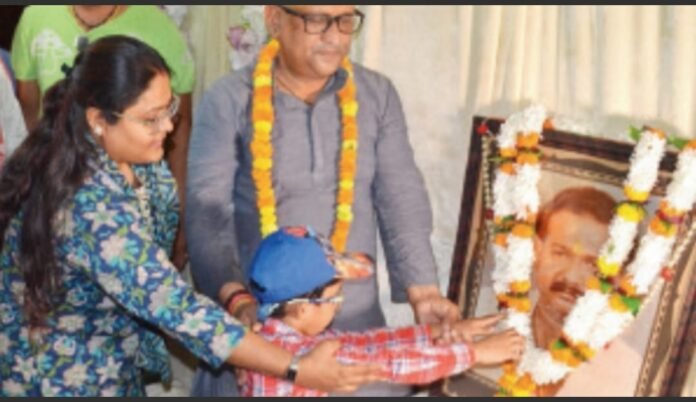Lucknow: The court proceedings in the high-profile Awadhesh Rai murder case faced a major setback when the case diary, a crucial piece of evidence, mysteriously went missing back in 2010. However, recent developments have shed light on how the prosecution managed to get the trial back on track, ensuring justice for the victim and his family.
The Awadhesh Rai murder case, which had garnered significant public attention, took an unexpected turn when the case diary, containing essential records and evidence related to the investigation, inexplicably vanished from the court’s possession. The disappearance of such a vital document raised concerns over the progress of the trial and the possibility of justice being delayed or compromised.
In response to this setback, the prosecution team swiftly sprung into action, determined to find a solution that would keep the trial moving forward. They initiated an extensive search within the court premises, reviewing CCTV footage, and conducting interviews with court staff and personnel involved in handling the case diary. Simultaneously, they sought assistance from the police and other relevant authorities to intensify efforts in locating the missing case diary.
Months passed, and despite the persistent efforts, the case diary remained elusive. However, the prosecution team, unwilling to accept defeat, explored alternative avenues to rebuild the lost case diary. They reached out to investigating officers, forensic experts, and witnesses who had previously provided statements during the initial stages of the investigation. Through extensive consultations and collaboration, the prosecution team managed to reconstruct a substantial portion of the missing case diary.
Armed with the reconstructed case diary, the prosecution team presented its findings to the court, highlighting the challenges faced due to the unfortunate loss of the original document. They requested the court’s cooperation and understanding in considering the reconstructed diary as admissible evidence, given its comprehensive nature and the substantial efforts invested in its recreation.
The court, acknowledging the extraordinary circumstances surrounding the case and the prosecution’s determination, carefully evaluated the reconstructed case diary. After thorough scrutiny, the court deemed the reconstructed diary to be credible and admissible, recognizing the importance of maintaining the trial’s progress and ensuring justice for the victim and his family.
With the reconstructed case diary now admitted as evidence, the trial resumed with renewed vigor. The prosecution presented its case, calling witnesses, introducing additional evidence, and meticulously presenting their arguments to establish the guilt of the accused.
The defense, on the other hand, raised objections regarding the validity of the reconstructed case diary, questioning its authenticity and demanding further investigations into its origins. The court, however, considering the circumstances surrounding its reconstruction and the overall weight of the evidence, rejected the defense’s objections, emphasizing the need to move forward with the trial.
As the trial proceedings regained momentum, the prosecution’s dedication and meticulous presentation of evidence began to strengthen their case. The trial, which had initially faced a major hurdle due to the missing case diary, gradually inched closer to its conclusion.
While the disappearance of the original case diary remains a puzzling mystery, the efforts of the prosecution to rebuild it and the court’s decision to accept the reconstructed version demonstrate a commitment to upholding justice. As the trial moves forward, the focus now lies on ensuring a fair and transparent examination of all evidence and ultimately delivering a verdict that reflects the truth surrounding the Awadhesh Rai murder case.

